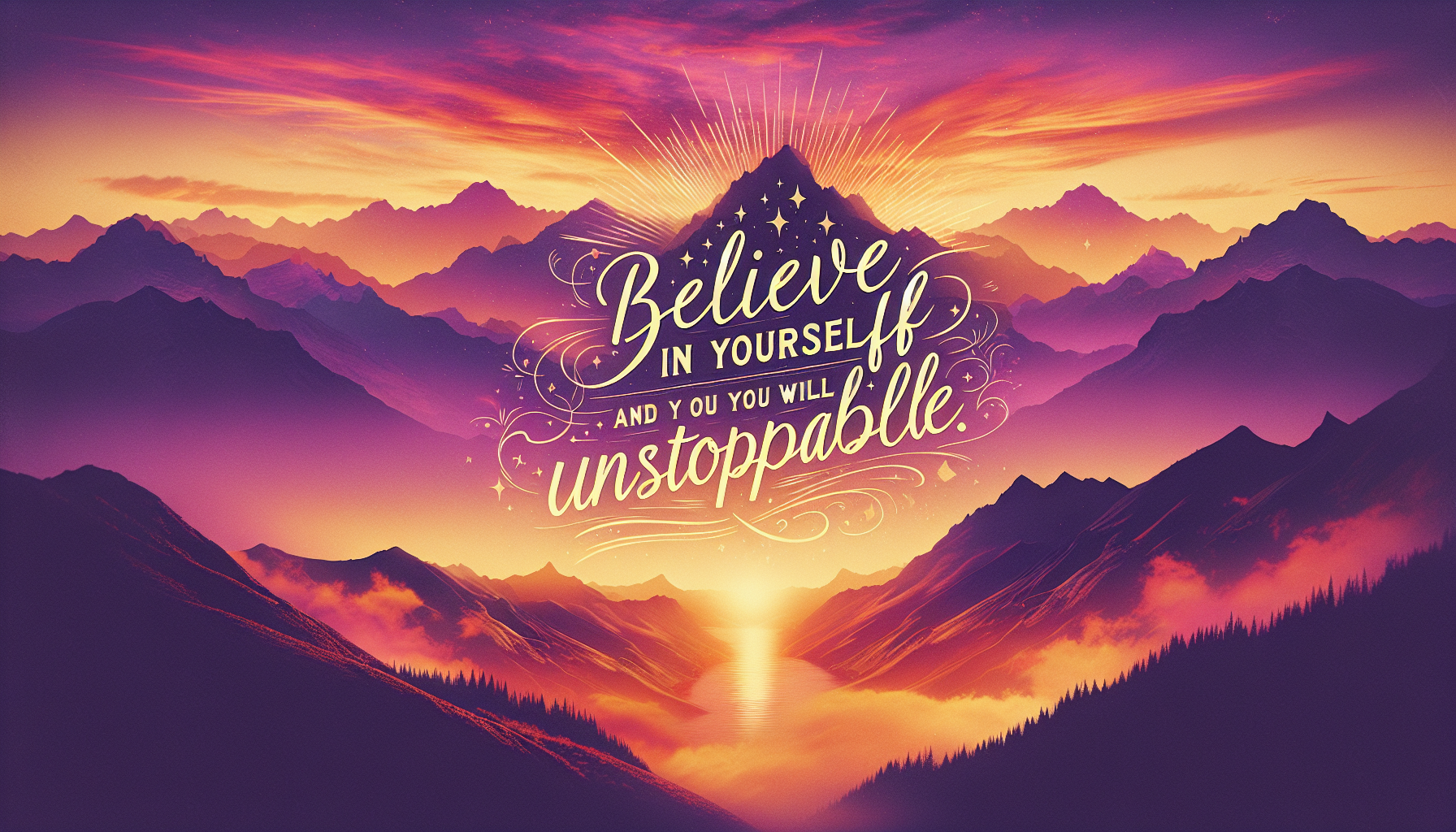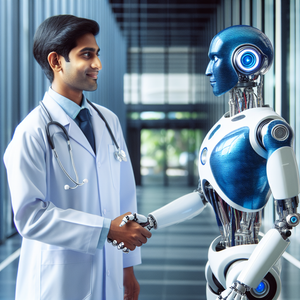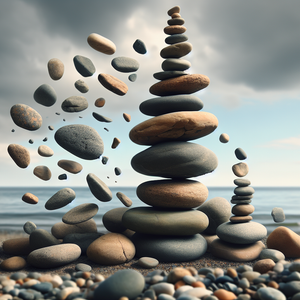The Future of Creativity: AI Detectors and Artistic Expression

AI detectors, which utilize advanced algorithms and machine learning models, have been developed to distinguish between human-generated and AI-generated content. On the one hand, these tools can protect the integrity of artistic expression by ensuring that original works are recognized and credited appropriately. For instance, in the realm of literature, AI detectors can prevent AI-generated texts from being misattributed to human authors, thus preserving authenticity and fostering trust between creators and their audiences. A notable example can be seen in the field of journalism, where AI-generated articles may offer quick and informative content. However, when such articles are mistaken for human-written pieces, it raises questions about accountability and the value of human insight. AI detectors serve as a safeguard against such scenarios, ensuring that the work of human journalists is respected and recognized. However, the presence of AI detectors also raises concerns regarding censorship and the potential stifling of creativity. Artists might feel pressured to conform to certain standards or styles to avoid being flagged as "non-human." This fear could lead to self-censorship, where creators limit their artistic explorations for fear of being misidentified by these systems. The delicate balance between encouraging innovation and maintaining authenticity is at the core of this ongoing debate.
AI Detectors and the Creative Process
The integration of AI detectors into the creative process opens up new avenues for collaboration between humans and machines. Rather than viewing AI as a competitor or threat, many artists are beginning to embrace it as a tool that can augment their creative capabilities. For example, musicians are using AI to generate unique sounds or compose melodies that they can then refine and build upon. This collaborative approach not only enhances artistic expression but also invites a redefinition of creativity itself. In the realm of visual arts, painters experiment with AI-generated images, using them as inspiration or as a starting point for their work. The artist Refik Anadol, for instance, has gained recognition for his use of AI to create mesmerizing visual installations that blend data with artistic expression. His work exemplifies how AI can serve as a partner in the creative process, expanding the boundaries of traditional art forms. As artists and AI systems work together, the lines between human and machine-generated art become increasingly blurred. This evolution challenges traditional notions of authorship and originality, prompting creators to reconsider their roles in the artistic landscape. The emergence of collaborative art practices, where the artist and AI share the creative process, signals a shift toward a more inclusive understanding of creativity that embraces both human intuition and computational power.
Ethical Considerations and Future Implications
As AI detectors become more prevalent, ethical considerations must be addressed. The potential for misuse of these tools—such as unfairly flagging human-created content or enabling censorship—poses significant risks. Moreover, the reliance on AI detectors could inadvertently lead to a homogenization of artistic styles, as creators may seek to avoid detection by adhering to conventional norms. For instance, if artists feel compelled to adopt certain styles or formats to escape detection as AI-generated, the diversity of artistic expression could diminish. To navigate these challenges, it is crucial to establish guidelines and frameworks that promote responsible use of AI detection technology. Engaging in conversations about the implications of these tools can help foster an environment where creativity flourishes alongside technological advancements. Moreover, educating artists about the nature of AI detection technologies can empower them to use these tools effectively without compromising their unique voices. Workshops and collaborative initiatives that explore the relationship between AI and creativity can further enhance understanding and encourage innovation.
The future of creativity in the age of AI detectors is a complex and multifaceted issue. While these tools present both opportunities and challenges, their ultimate impact on artistic expression will depend on how they are integrated into the creative process. By embracing collaboration and addressing the ethical implications of AI detection, artists can navigate this new terrain, leveraging technology to enhance their work while preserving the essence of human creativity. As we look ahead, the relationship between AI detectors and artistic expression will continue to evolve, offering a glimpse into a future where innovation and creativity coexist harmoniously. It is through this careful balance that we can foster an artistic landscape that honors both the contributions of human creators and the capabilities of AI, ultimately enriching our collective cultural narrative.
AI Ethics Consultant
Tech companies, non-profits focused on ethical AI, and academic institutions
Core Responsibilities
Assess and advise on the ethical implications of AI technologies in creative industries.
Develop guidelines and best practices for responsible AI use, focusing on artistic integrity.
Collaborate with stakeholders to address concerns about censorship and artistic freedom.
Required Skills
Strong understanding of AI technologies and their societal impacts.
Excellent communication and presentation skills to engage with diverse audiences.
Experience in policy development or ethical frameworks, particularly in tech or the arts.
Creative Technologist
Creative agencies, tech startups, art institutions, and media companies
Core Responsibilities
Design and implement AI-driven tools that enhance creative processes for artists and musicians.
Collaborate with artists to integrate technology into their workflows without compromising artistic vision.
Experiment with emerging technologies to produce innovative art forms and experiences.
Required Skills
Proficient in programming languages (e.g., Python, JavaScript) and familiarity with AI frameworks (e.g., TensorFlow, PyTorch).
Strong background in visual arts or music, with a passion for interdisciplinary collaboration.
Problem-solving skills and a willingness to experiment with new ideas and technologies.
AI Content Analyst
Media organizations, AI startups, and research institutions
Core Responsibilities
Evaluate the effectiveness and accuracy of AI-generated content and detection tools.
Conduct research on content authenticity and the implications of AI in journalism and art.
Provide actionable insights to improve AI models and content creation practices.
Required Skills
Analytical skills with a background in data science or content analysis.
Familiarity with machine learning concepts and experience with data interpretation.
Strong writing skills to communicate findings clearly to stakeholders.
Digital Rights Advocate
Non-profits, legal firms specializing in intellectual property, and advocacy organizations
Core Responsibilities
Promote and protect the rights of artists in the digital age, focusing on issues related to AI-generated content.
Engage in policy advocacy to shape regulations surrounding AI and artistic expression.
Educate artists and the public about digital rights and the implications of AI technologies.
Required Skills
Knowledge of intellectual property law and digital rights management.
Strong advocacy and negotiation skills, with experience in policy development.
Ability to communicate complex legal concepts to non-legal audiences.
AI-Enhanced Artist
Art galleries, tech-art collaborations, and freelance opportunities
Core Responsibilities
Utilize AI tools to create innovative artwork, exploring the intersection of technology and traditional art forms.
Collaborate with technologists and AI developers to push the boundaries of creative expression.
Participate in exhibitions and workshops to showcase AI-enhanced art and educate others about the process.
Required Skills
Proficiency in various artistic mediums (e.g., painting, sculpture, digital art) with a willingness to experiment with AI.
Knowledge of AI tools and software relevant to the art world (e.g., generative art platforms).
Strong portfolio demonstrating the integration of technology in artistic work.


